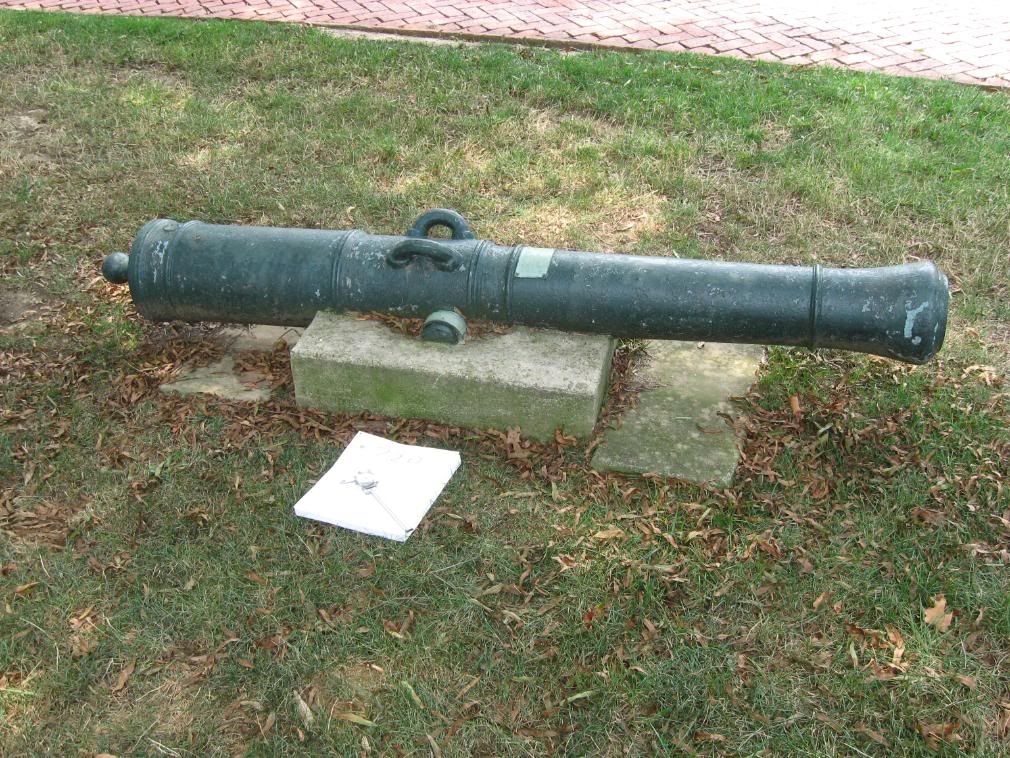What has to be done to clean, restrore and protect these guns?
The very best thing is to move them under roof where they are not exposed to rain or direct sunlight. The bronze guns at Watervliet Arsenal are now mostly inside, and show no evidence of ongoing corrosion. The interim curator there, Bob Pfeil, told me they were moved inside in the 1950's. No cleaning nor treatment of any kind was performed at the time.
For guns that must remain outside, what I think will work well and last perhaps 20 years is to do a superficial cleaning, maybe pressure washing with de-ionized water, to get the loose junk off them. Then ensure they are completely dried out, inside and out, using alcohol and/or heat as required. Then paint them with ordinary but durable opaque paint, both on the inside and outside. The paint excludes the three things that can damage the bronze, namely moisture, oxygen, and light (seems to be a catylist for the other bad actors to react.) The bore could be filled most of the way with some moisture-excluding foam, but that's probably overkill, and would be hard to remove when someone wants to research them thoroughly. Any conservation measure must be reversible, that's the rule.
I should mention that the professional conservators seem to only recommend hot-applied microcrystalline wax (aka Renaissance Wax) as a coating. The problem I have with that is that it only lasts about a year then the surface has to be re-cleaned and re-treated. That's great business for those who are in the business of making their livings from such activity, but way too labor-intensive and expensive for most museums with a lot of cannons, they have to look at this from a "life-cycle cost" viewpoint. When you do that, nothing will beat ordinary oil-based paint in the color of your choice, for low cost and durability.
The one bronze 4-pounder at the Naval Academy that's been painted since before I got there in 1968 shows no evidence of acid rain corrosion and still has all its marks, most of which are deep enough so you can read them through the paint. Two French four-pounders at Fort McNair, dating from the 1750's, were painted at some point after I checked them in 1983, and show no evidence of corrosion now.
Photo: Spanish bronze 4-pounder field gun "San Telesforo" at US Naval Academy, Annapolis MD
